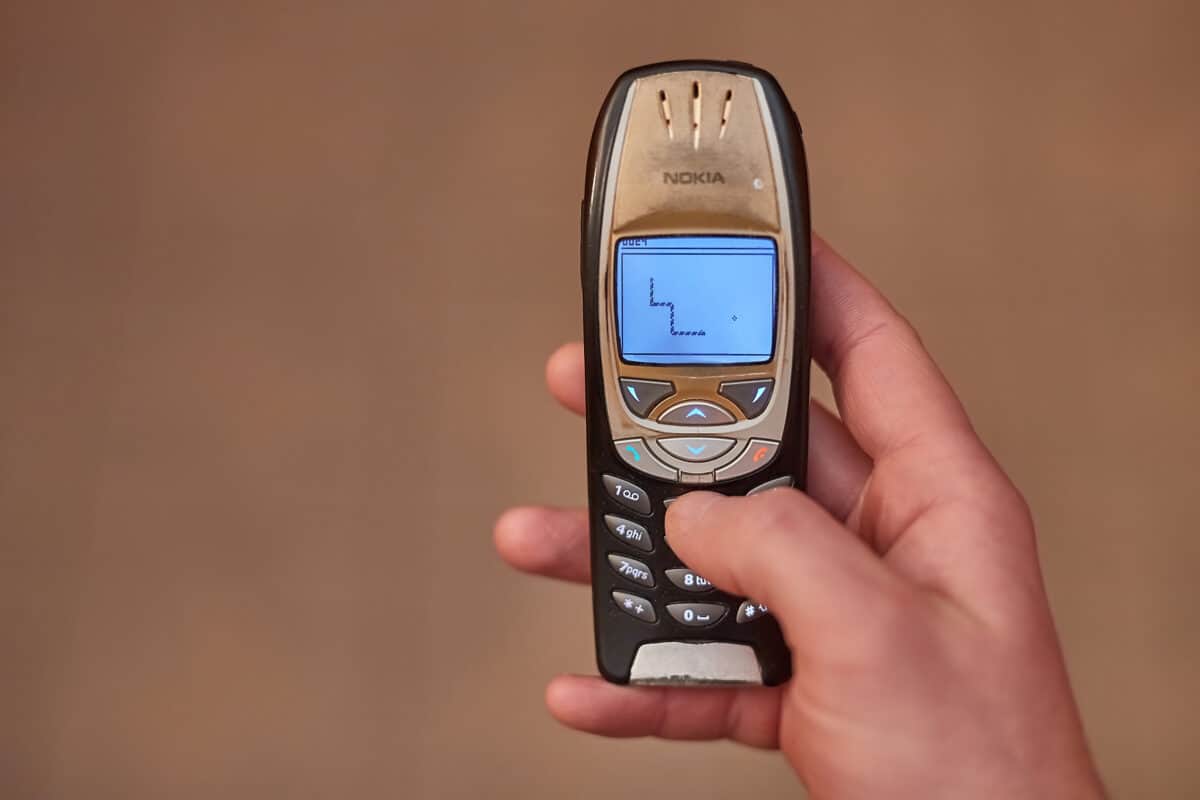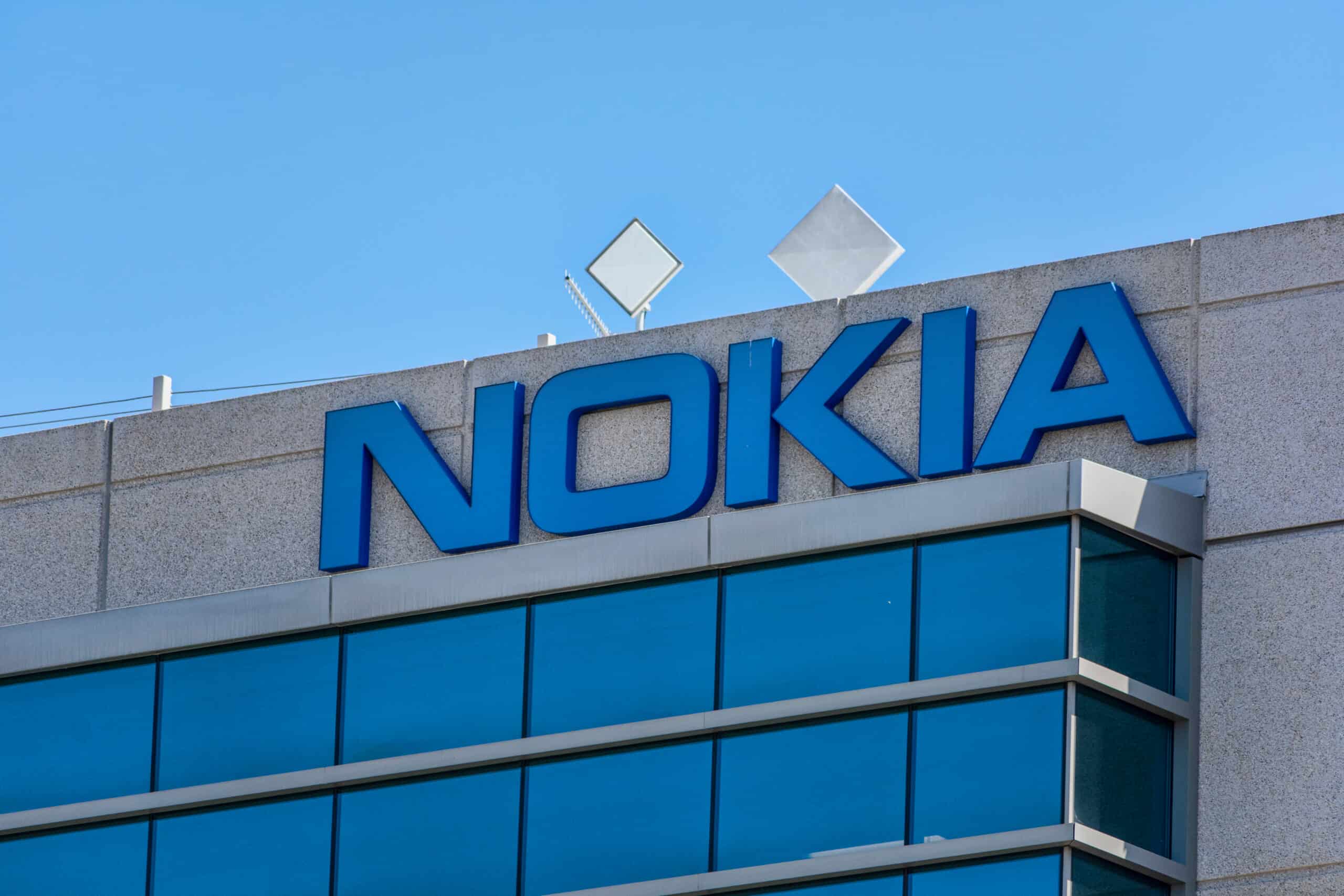Nokia was the first brand to dominate the mobile phone industry. It catered to all market segments with its wide range of mobile phones covering low-end to high-end models.
Unlike many brands in the market today, Nokia was able to enjoy unrivaled market dominance for a number of years. This is a fact that most born during the 80s and 90s would likely attest to.
Unfortunately, the tables turned, and the once glorified Finland-based legendary phone maker could not maintain its #1 position in the mobile phone industry. So, what could be the real reason why Nokia failed?
Nokia’s downfall could have been actuated by its turbulent ups and downs at a time when brands like Samsung, Apple, HTC, and Huawei were making rapid strides to build their market share. Desperate for a shift in fortune, Nokia established a joint venture with Microsoft, but their dominance in the phone industry was long gone.
Let’s delve deeper into Nokia’s history, from its formation and resounding success to its downfall and why it happened.
Nokia’s Background Story
What are the shocking revelations behind the fall of this iconic brand?
The Formation
It all started in 1865 when Fredrick Idestam founded his first paper mill factory at Tammerkoski in southwestern Finland.
The name ‘Nokia’ didn’t exist until 1868 when Idestam established his second paper mill manufacturing company close to the town of Nokia. He then used the town’s name for his company.
In 1871, Idestam and Leo Mechelin, a Finnish politician, formed a shared business, changing Nokia paper mill to Nokia Ab, which expanded operations to electrical generation in 1902.
In 1904, Eduardo Polon, a Finnish entrepreneur and patriot, established Finnish Rubber Works, a footwear company in Nokia, Finland.
After the first world war, Finnish Rubber Works acquired Nokia Ab. It also purchased Kaapelitehdas, a cable works company. Thirty-five years later, these three companies merged, leading to the inception of the Nokia Corporation.
Nokia Corporation reallocated its resources and expanded to forestry in addition to the rubber, cable, and electronics businesses.
Journey to Telecommunication
Nokia started making strides in the mobile telephone industry in 1979. It established a joint venture with Salora, a TV maker, and together created Mobira Oy, a company that would usher Nokia into the next golden age of mobile phone innovation.
In 1982, Mobira Oy introduced the Mobira Senator, the first car phone weighing 9.8 kgs. In 1984 Nokia acquired Salora and retitled its telecommunication division to Nokia-Mobira Oy, which was later renamed Nokia Mobile Phones in 1989.
After the Salora acquisition in 1984, Nokia Mobira released its first handheld portable phone, the Mobira Cityman. It weighed 800 grams and had a better signal than the Mobira Senator phone, but low coverage.
The Pinnacle of Nokia
Nokia was the first mobile company to introduce a GSM handheld cell phone, the Nokia 1011, in 1992. This invention spread rapidly, increasing the phone’s market demand.
In the mid-90s, Nokia was supplying its GSM cell phones worldwide. It launched a Nokia 2100 series featuring its first ringtone in 1994.
In 1996, it released the first smartphone, the Nokia 9000. This new model had improved technical features. It sported a web browser, business programs, and a QWERTY keyboard, and could send and receive fax and emails.
Nokia also pioneered 3G and LTE technology and continued to launch gadgets that delivered a better experience than their competition. This is understandable to those who used the Nokia 7650, Nokia’s first cell phone with a built-in camera, released in 2001.
Nokia phones became highly sought-after, but the Finnish company couldn’t meet the rising demand regardless of its mass production. This created a market gap for its rivals, Apple and Samsung.
In the mid-1990s, Nokia had to realign its supply chain systems and processes to expand its market share. Its revenue increased from $6.65 billion to $31.72 billion from 1996 to 2001.
Nokia commanded the largest market share and was named the mobile phones global leader in 1998. It continued to dominate worldwide until 2007, with a market share of 50% at the time.

©Peter Gudella/Shutterstock.com
The Epic Fall of Nokia: A Series of Events
While 2007 was Nokia’s apex year, it was also the start of its spectacular downfall.
Slowly but surely, things started to fall apart. Its mobile phone sales began to drop, and the company almost announced bankruptcy in 2013. This had much to do with both the company’s internal and external environments.
In 2006, there were changes in the top management. Olli-Pekka Kallasvuo was appointed the new CEO. Instead of focusing on innovations that would help keep them ahead of the competition, Nokia was busy producing their traditional phones.
This move created room for Apple and Google to introduce their iOS and Android OS phones, which are more advanced than Nokia’s Symbian OS devices.
In 2010, the release of Nokia’s N97 Model that was to run on Symbian^3 didn’t materialize. That same year, Stephen Elop was appointed the new CEO, replacing Olli-Pekka Kallasvuo. One year later in 2011, Nokia partnered with Microsoft to make Windows cell phones, hoping to reclaim its market share.
This strategy failed, and Nokia’s mobile phone sales declined further.
In 2014, Nokia Mobile Phone Division was on the verge of becoming bankrupt and was purchased by Microsoft for $7.2 billion.
But, what exactly led to the fall of this mobile phone giant?
The Real Reason Why Nokia Failed
Nokia’s downfall cannot be equated to one particular root cause. Its internal and external environments destabilized its monopoly.
Nokia could not spot the changing trends in social sites and eCommerce. It thought it was familiar with its consumers’ requirements and was well established in the market, and Nokia failed to diversify.
The Finland mobile company was stuck on Symbian while their rivals, Samsung and Apple, were adopting new technologies, Android and iOS, respectively. Slowly, Apple and Samsung smartphones navigated into Nokia’s space.
Before Nokia could strategize to meet the consumer software needs with its Windows phones, it was too late—most cell phone users had already moved to iOS and Android devices.
Failure to upgrade to a superior operating system like Android led to the downfall of the Nokia mobile phone business.
The Finnish cell phone company had good days in the late 90s and early 2000s when it was very innovative and would keep abreast of its consumer needs and provide effective solutions.
But as its consumer base grew exponentially, it stopped introducing new technologies and focused on mass production of its traditional phones. People wanted new and improved experiences, which they got from Apple, HTC, and Samsung.
Today, it focuses on networks, its core business. HDM Global took over the manufacturing of Nokia mobile phones in May 2016.
Final Thoughts
Nokia failed and has had a rough patch in the past years, but that does not change the fact that it has recorded impressive successes in the past.
Despite losing a considerable market share in the mobile industry, Nokia remains one of the most valuable brands globally.
Its journey saw it command the biggest market share of over 40% during its prime years.
Sadly, it’s another case of a company falling behind because it didn’t innovate and move with the times.
Up Next
- The Real Reason LaserDisc Failed Spectacularly
- The Real Reason Betamax Failed Spectacularly
- Cleversafe: Complete Guide – History, Products, Founding, and More
- BlackBerry: Complete Guide — History, Products, Founding, and More
The image featured at the top of this post is ©Michael Vi/Shutterstock.com.







